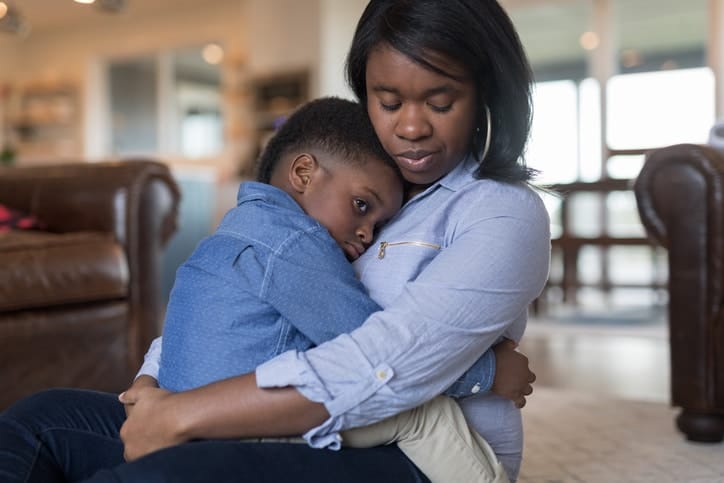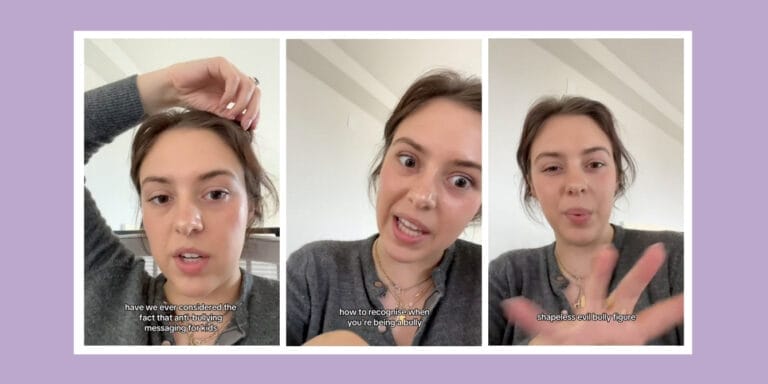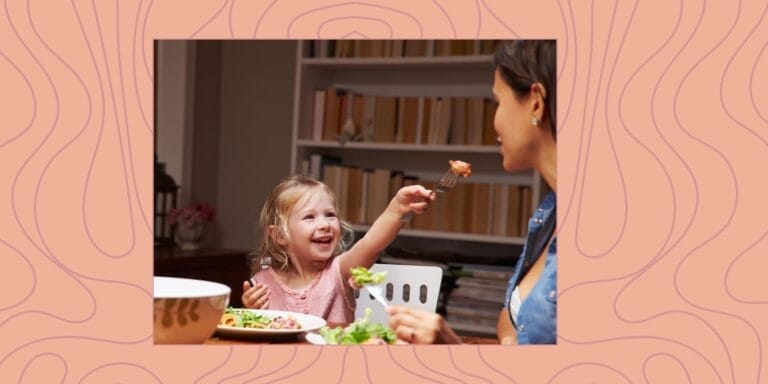To the sensitive kids—I see you

To the empaths, the worriers, the sensitive ones who pick up on feelings without words even being uttered. I get you.
To the kids feeling nervous in this new world of quiet chaos. I hear you.
To the kids who know coronavirus is scary but don’t know why. I see you.
To the empaths, the worriers, the sensitive ones who pick up on feelings without words even being uttered. I get you.
When I was your age, I was you.
I was 10 years old in 1990 during the Gulf War. I remember watching the news and feeling nervous, despite it being on the other side of the world. I cried when my mom tucked me in and told her I didn’t want anyone to fight or die. Our fifth grade class wrote letters to the troops. I still have the postcard I received in return:
Dear Jessica,
Thanks for writing! No I didn’t see Bob Hope, I arrived too late. The food here is great. The unit has its own cooks. Yesterday we ate chicken for dinner. How’s the fifth grade treating you? Hope you’re having fun. We are here. There’s no more fighting so it’s fun. Say hi to everyone for me.
Your friend,
John L.
John L., who fought in an actual war, seemed to be dealing with the fallout better than I was. At least on paper.
I have always felt the influence of tragedies that don’t affect me personally. Wars, natural disasters, Leonard Cohen’s death—I can easily absorb the aura of those closest to the pain. As I’ve grown older, I’ve learned to distance myself when I need to, to step away from the headlines, to realize I can care without having to get wrapped up in the hurt.
My 4-year-old son is emotionally intuitive in the same way. During our first week of COVID-19 school closures, I remained calm on the outside but was rattled on the inside—not just due to the weight of the pandemic or any political blunders going on, but also because of the resulting homeschooling content that suddenly flooded my social media feed.
It was as if parents everywhere were expected to become English and math and science teachers…overnight.
I browsed curriculums that seemed too rigid for a preschooler: 9:30 am letters, 10:00 am numbers, 10:30 am foreign language, etc. The thought of following this while also minding my 1-year-old made me laugh. And cry.
I washed my hands so often that my knuckles cracked and my skin grew raw. My son swiftly picked up on the unease around him. He became a contrarian by day, and fought bedtime with renewed vigor at night.
But I couldn’t fault him. He didn’t know why he felt the way he did. He just felt it. This openness to feeling the weight of the world is a good thing. It fosters connection and empathy. The trick is to not let it consume you, which can be challenging for a kiddo to understand.
Social distancing, self-isolation, quarantine, #alonetogether. These terms have quickly become a part of our daily lexicon. But what language do we use to tell our kids what’s happening?
Sesame Street has ideas. Daniel Tiger has tips. I’m grateful for those resources, but I haven’t said anything specific about all of this to my 4-year-old yet. I don’t want to add any more unnecessary worries onto his plate.
A life-sized diorama at one of our local museums depicts a group of Plains Native Americans riding horses to drive bison over a cliff. On our last visit, this exhibit transfixed my son. He stared, speechless, as I explained what it meant. He talked about it for days afterward.
What happens when the buffaloes fall off the cliff? Do they die? What if the buffaloes chase the horses off the cliff? Please tell me, mommy. Why do they do that?
Given that he’s still wrapping his head around a bison hunt that happened about 1,000 years ago, I’ve decided I’m going to save the coronavirus talk for another day. Our homeschooling curriculum has been a mix of activities that feed our creativity—often involving numbers, shapes or colors—the main goal being to embrace art, music, stories and nature. Not getting lost in the chaos.
There’s enough worry going around. And what I’ve realized over and over again is that you have to do what’s best for your child. Because after all, you are the one who knows them best.


































